I'm processing the images with OpenCV and Python. I need to remove the dots / noise from the image.
I tried dilation which made the dots smaller, however the text is being damaged. I also tried looping dilation twice and erosion once. But this did not give satisfactory results.
Is there some other way I can achieve this?
Thank you :)
EDIT:
I'm new to image processing. My current code is as follows
image = cv2.imread(file)
gray = cv2.cvtColor(image, cv2.COLOR_BGR2GRAY)
kernel = np.ones((2, 2), np.uint8)
gray = cv2.GaussianBlur(gray, (5, 5), 0)
gray = cv2.GaussianBlur(gray, (5, 5), 0)
gray = cv2.adaptiveThreshold(gray, 255, cv2.ADAPTIVE_THRESH_GAUSSIAN_C, cv2.THRESH_BINARY, 11, 2)
gray = cv2.erode(gray, kernel, iterations=1)
gray = cv2.dilate(gray, kernel, iterations=1)
cv2.imwrite(file.split('.'[0]+"_process.TIF", gray))
EDIT 2:
I tried median blurring. It has solved 90% of the issue. I had been using gaussianBlurring all this while.
Thank you

